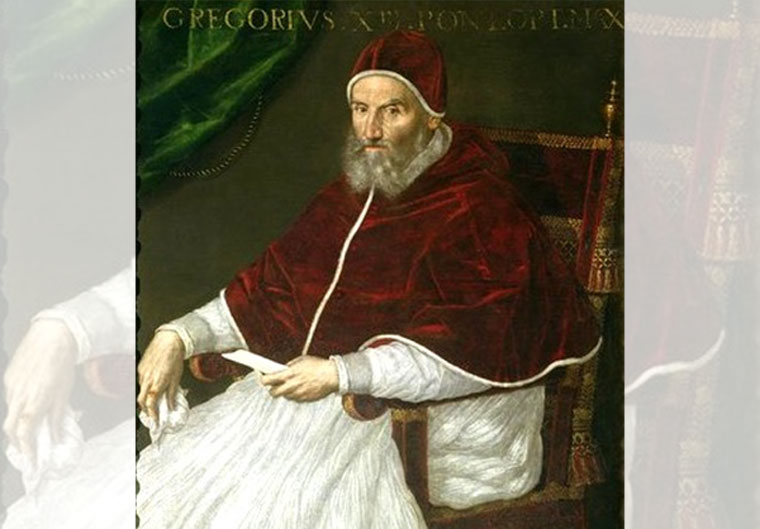Why do leap years even exist?
Because the world revolves around presidential elections in the United States which are held once every leap year?
Don't be ridiculous.
It is because the Gregorian calendar uses 365 days, but a complete orbit of the Earth around the sun takes exactly 365.2422 days to complete.
A leap year is where an extra day is added to the end of February every four years, so that the solar system's disparity with the Gregorian calendar is corrected and things are kept in sync.
But it turns out to be not an entirely foolproof method of keeping time because...
1. A leap year isn't every four years
Ha. Bet you didn't know this.
The year 2000 was a leap year. So was 2004. And 1996. So on and so forth.
But the years 1700, 1800 and 1900 were not.
Here's the rule-of-thumb: There's a leap year every year that is divisible by four, except for years that are both divisible by 100 and not divisible by 400.
The added rule about centuries (versus just every four years) was an additional fix.
This was to make up for the fact that an extra day every four years is too much of a correction.
This rule came about in the year 1582: As an Earth year is not exactly 365.25 days long, so Pope Gregory XIII (pictured above) had his astronomers decide to lose three days every 400 years when they introduced the Gregorian calendar in 1582.
This way of tabulating time should work for about another 10,000 years before things go out of sync again.
2. Leap Years came about because of Julius Caesar
The Roman calendar used to have 355 days with an extra 22-day month every two years. Confusing much?
So, when Julius Caesar became emperor in the 1st Century, he ordered his astronomer Sosigenes to devise a better calendar.
Sosigenes decided on a 365-day year with an extra day every four years to incorporate the extra hours.
Voila, February 29th was born.
3. February had more than 29 days previously
Under Roman Emperor Julius Caesar, all the other months in the Julian calendar had 30 or 31 days.
With the exception of August, which at that time had only 29 days.
February had 30 days and the month "July" -- which was named after Julius -- had 31 days.
But when Caesar Augustus became Emperor after Julius, he added two days to his month of August to make it the same as July, as a matter of ego. (Which explains why July and August now have 31 days.)
So February was left with less than 30 days and any additional day was stuck at the tail-end of that month.
4. The odds of being born on a leap year is one in 1,461
About 4.1 million people around the world have been born on February 29th.
People who are born on Feb. 29 are referred to as "leaplings", or "leapers".
In non-leap years, many leaplings choose to celebrate their birthday on either February 28 or March 1.
Purists stick to Feb. 29 for the occasion, which means they celebrate once every four years.
A person born on Feb. 29 belongs to the Pisces zodiac sign.
5. There is such a thing as a leap second and it gets added once in a while
As the Earth's rotation is gradually slowing down by around two thousandths of a second per day, leap seconds have to be added once in a while.
Why? Because atomic time is constant, but the Earth’s rotation is not.
Leap seconds, like leap years, are for the purpose of keeping the Earth's rotations in line with clocks and calendars.
Leap seconds are added to bring the Earth's rotation into line with atomic time.
A leap second was added at the end of June last year, when immediately before midnight dials read 11:59:60.
If left unchecked, clocks would slow over the long run as time we use drifts away from time based on Earth's spin.
However, in 2012, when a leap second was added, Mozilla had problems and crashed.
If you like what you read, follow us on Facebook and Twitter to get the latest updates.
If you like what you read, follow us on Facebook, Instagram, Twitter and Telegram to get the latest updates.
